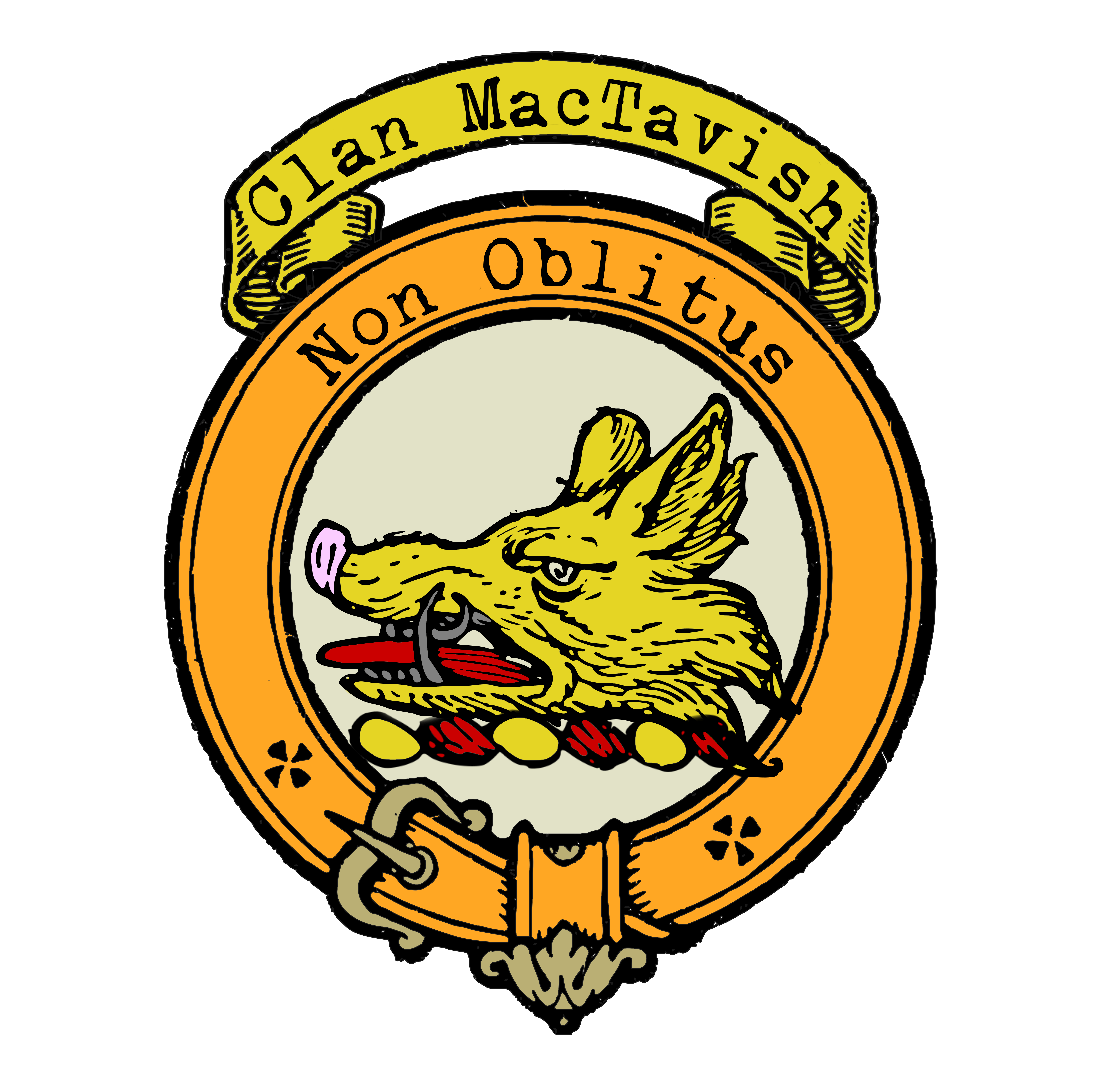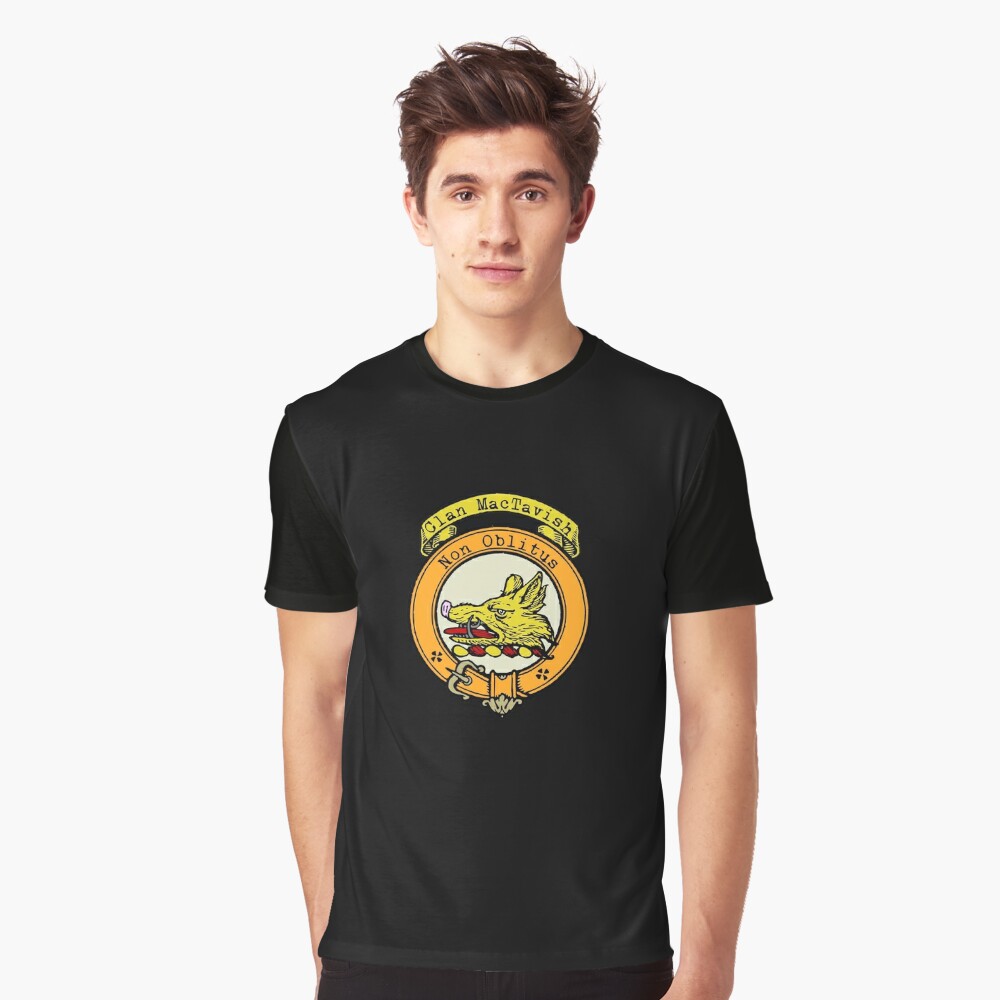Clan MacTavish Crest
|
|
CREST: A boars head MOTTO: Non Oblitus TRANSLATION: Not forgetful VARIATIONS: McTavish |
| The roots of the MacTavish name can be traced back to “G. Mac Tamhais,” a form of “MacThamhais,” a Lowland Scots adaptation of the name Thomas. The clan’s numerous members were predominantly found in Argyllshire, a region known for its breathtaking beauty and historical significance. According to the Craignish MS, the MacTavishes or Clan Tavish of Dunardaire were believed to descend from Tavis Corr, the second illegitimate son of Gillespick, son of Callen moie math (“good bald Coline”).
Throughout history, members of Clan MacTavish left their indelible mark on the tapestry of Scotland’s story. Doncan M’Thamais was documented in 1355, providing evidence concerning the lands of Blassre in Argyllshire. Duncan McTawisch, a tenant of half of Kernach, Strogartbnay, in 1480, showcased the clan’s presence and influence. Thomas McTaevis, recorded as a charter witness at Kenaach in 1515, further solidified the MacTavishes’ engagement in historical proceedings. Clans in Scotland often shared complex interconnections, and the MacTavishes were no exception. The MacTavishes of Stratherwick are considered a sept of the Frasers, highlighting the intricate web of allegiances and affiliations that shaped the history of Scottish clans. Despite the passage of time, the MacTavish clan managed to maintain its identity and traditions. In 1997, a significant milestone was achieved when Edward Stewart Dugald MacTavish of Dunardry was recognized by the Lord Lyon King of Arms as the 26th Chief of the Name and Arms of MacTavish. This recognition underscored the clan’s distinct Highland heritage and solidified its place in Scottish history. Numerous places of historical and cultural significance are intertwined with the MacTavish clan’s legacy. Dunadd, located in Argyll, once served as the heartland of the Kings of Dalriada and stands as a testament to the clan’s enduring presence. The Kilmartin Churchyard, boasting a 14th-century tombstone adorned with the name “MacTavish,” connects the clan to medieval traditions and rituals. The MacTavish lineage traversed time and borders, leaving an indelible mark not only in Scotland but also across the world. The saga continues with the exploits of figures like Lachlan MacTavish of Dunardry, who became Sheriff Substitute of Kintyre and later embarked on new ventures in Edinburgh and Canada. The family’s legacy found its modern expression with William MacTavish’s ascent to Governor of Assinaboia and Ruperts Land in 1885. |
|
Citations:
|
|

Purchase @ Redbubble
Purchase @ Amazon.com
Purchase @ Amazon.co.uk

